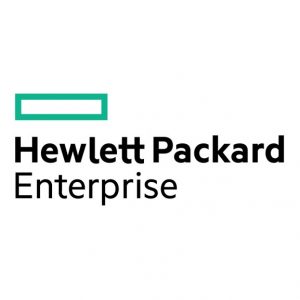In 2018, there were 33 zettabytes of data in the world. By the year 2025, the world’s data is expected to grow to a massive 175 zettabytes. To put that in perspective, if you had one zettabyte of music, you could hold a nonstop dance party for more than 2 billion years.
Government agencies have access to vast volumes of data. However, data availability is not enough. Data can provide local, state and federal agencies with mission-critical knowledge, but only if it can be analyzed. So how can agencies get the most value out of big data?
Size alone isn’t the only reason government agencies struggle with big data analysis. Another reason is that useful data is often decentralized and disconnected. On top of that, agencies often manage data in silos, with different groups of people collecting, managing and using it for different purposes. Analyzing data under these conditions is like a group of people trying to talk while sitting in separate rooms. They can’t hear each other, so the conversation goes nowhere. Similarly, it’s difficult to get great insights out of data that’s not connected.
Another reason is that employees usually spend most of their time managing data instead of analyzing it. As a result, useful data goes unused and problems go unsolved.
Something that makes it hard for agencies to get past these struggles is that there isn’t one data tool that does it all. Big data analytics requires a comprehensive set of technology infrastructure, systems and security features that all work together.
There are five steps agencies can take so that big data delivers big value. Let’s take a look at them.
The first step is to design for a purpose. Data needs to be used for a demonstrable, goal-oriented purpose. So, take time to understand how you’ll use data-driven insights to support your mission objectives. Then, think through how your big data analytics plan will both address current use cases and also stay flexible to meet your agency’s future needs.
The second step is to champion collaboration. As you start your path toward big data analytics, it’s important to work collaboratively with your framework vendor. Bring them on early in your process. Their experience and expertise will make planning and execution easier. They can also contribute ideas for overcoming any barriers that pop up unexpectedly.
The third step is to collect data adaptably. Plan to adapt how and where you collect data as your agency’s needs evolve and grow over time. Data might be collected both inside and outside your agency in different formats and structures and generated by different groups and teams. A flexible, scalable framework will help you deal with a large volume and wide variety of data.
The fourth step is to process and load. Raw data usually isn’t ready to be analyzed when it’s delivered. The more complex, comprehensive and large your data is, the more challenging it is to get it ready for analysis. Data needs to be processed into an analyzable format and loaded into a centralized framework. If you can analyze data across formats, you can more easily use it to identify real-time, actionable insights.
The fifth step is to analyze for insights. Once you’ve given big data a purpose, and collected, processed and loaded it into your framework, you’re ready to analyze. You’ll have many options in your analytical toolbox. Visualization, filters, queries and anomaly detection can reveal useful insights that can make data analysis an integral part of agency decision-making.
Big data analytics is an ongoing process. If it’s new to your agency, you can start with just a few use cases and a smaller batch of data. Then, as you see results from your data-driven insights, you can go back and consider even more ways your agency can use big data to strategically address complex problems.
Whatever your relationship with data, the time to start planning ahead is now. As data grows bigger, an analytical framework will let agencies put big data to work for them.
This article is an excerpt from GovLoop Academy’s recent course, “Extracting Mission-Critical Knowledge From Big Data,” created in partnership with AlphaSix Corporation and Hewlett Packard Enterprise. Access the full course here.






Leave a Reply
You must be logged in to post a comment.